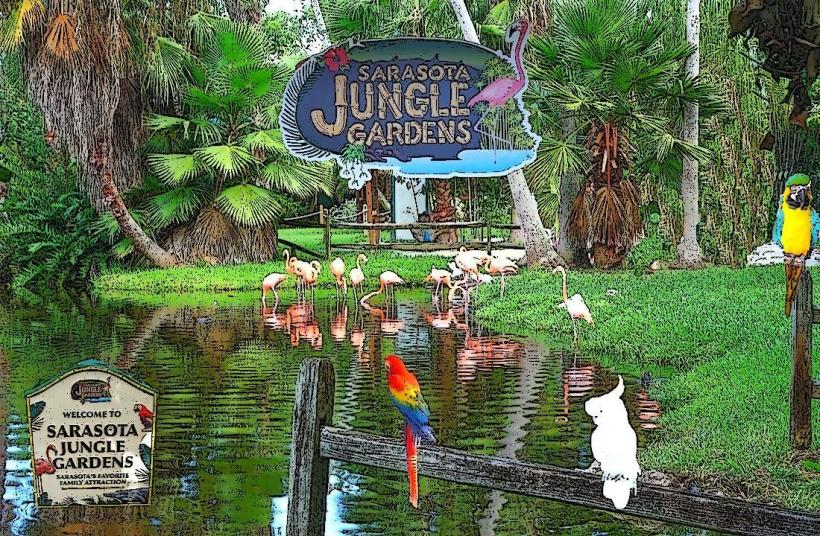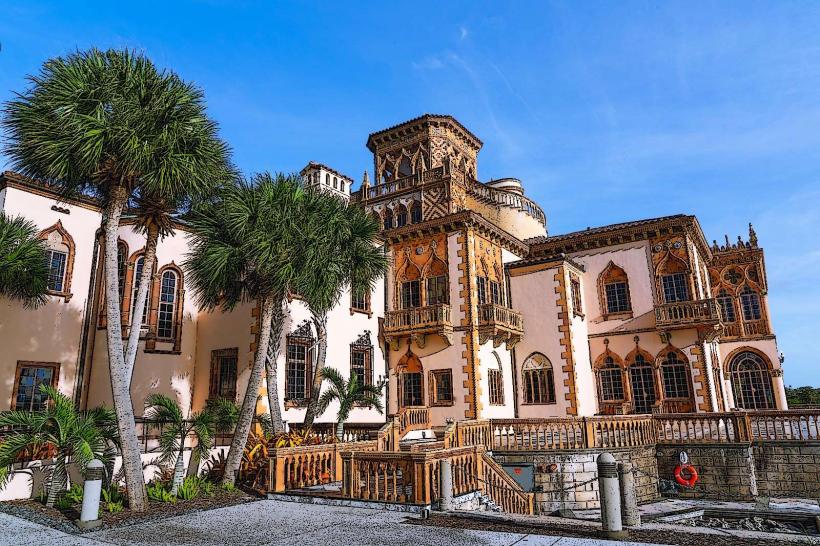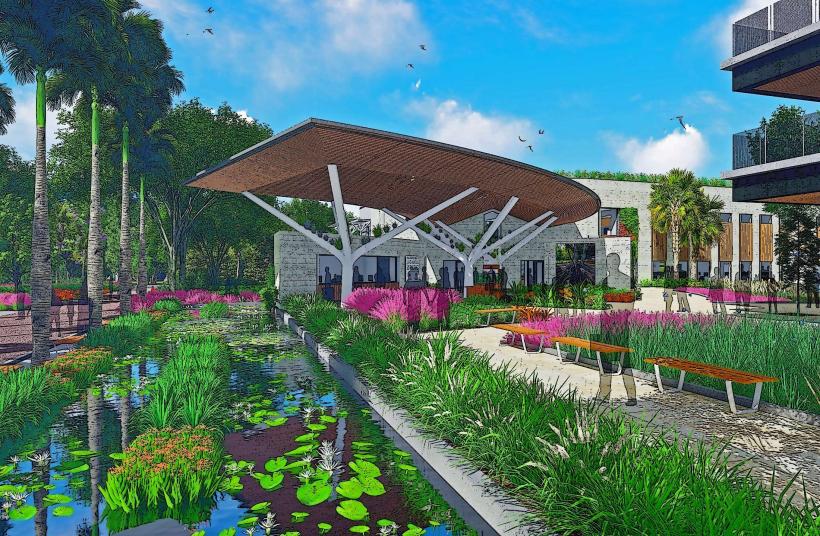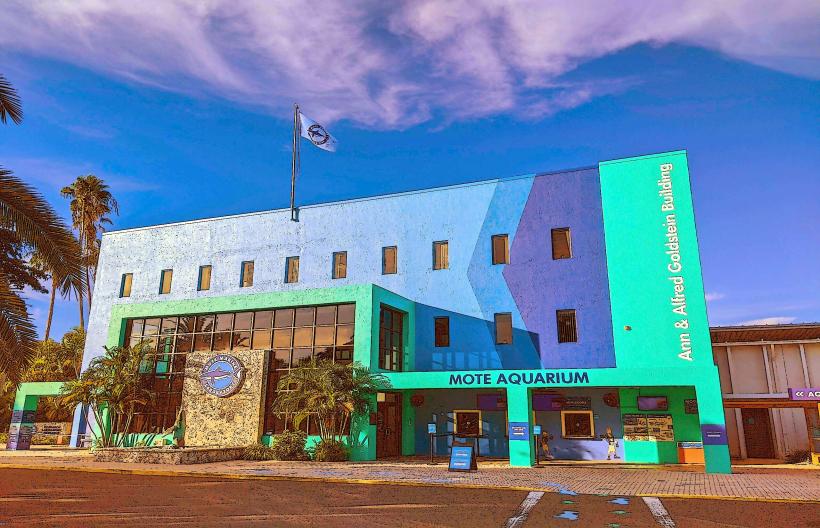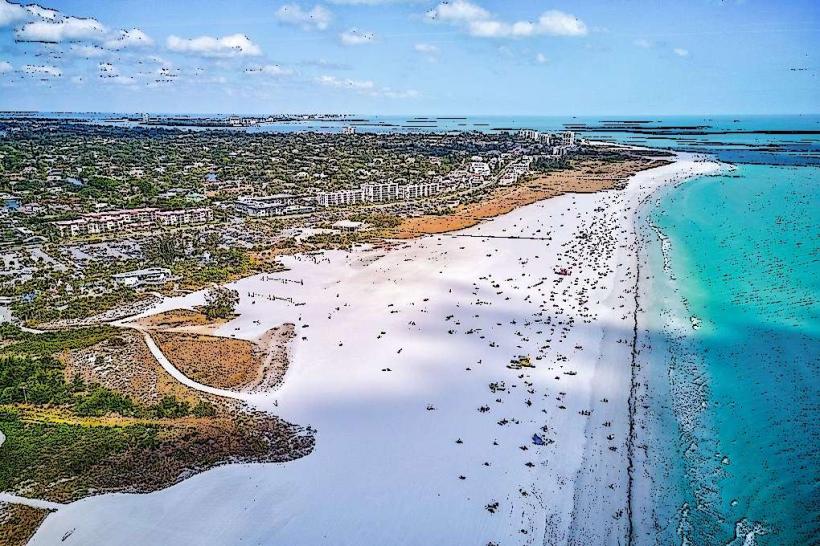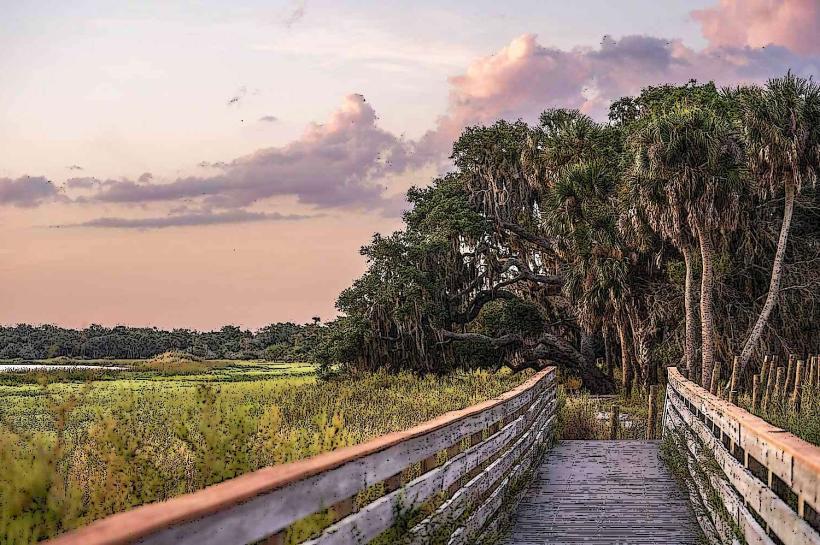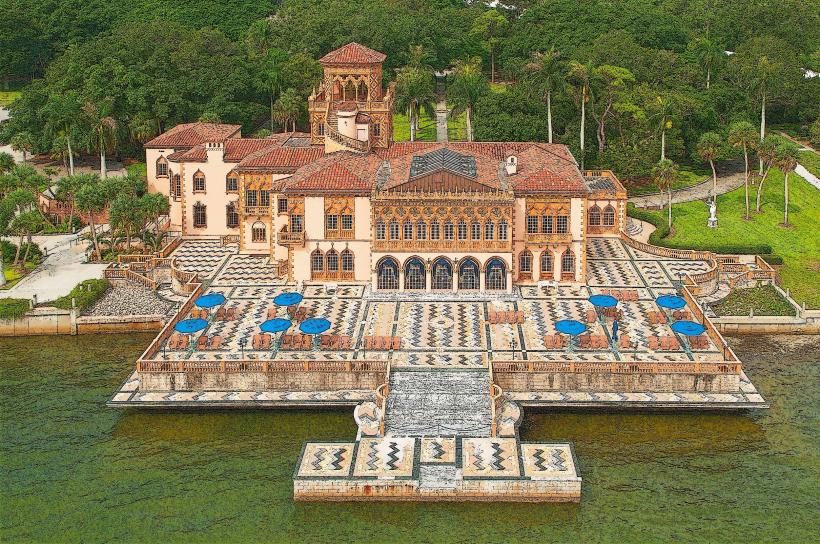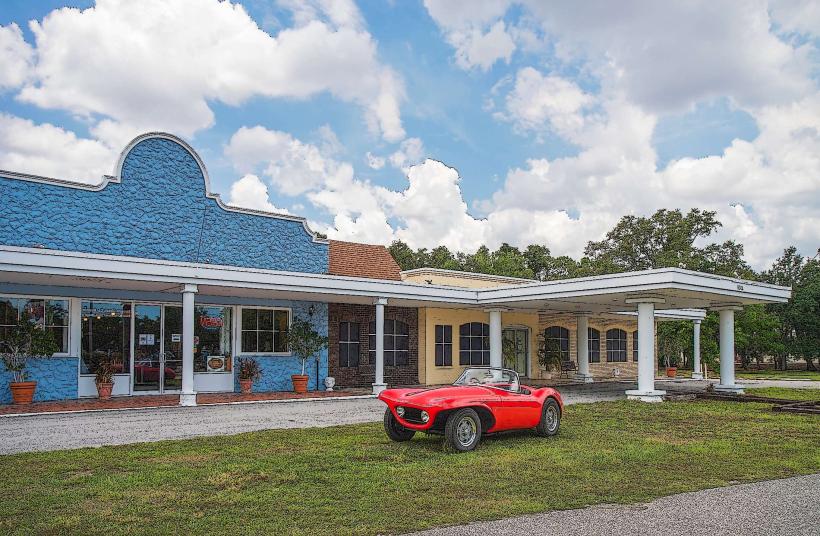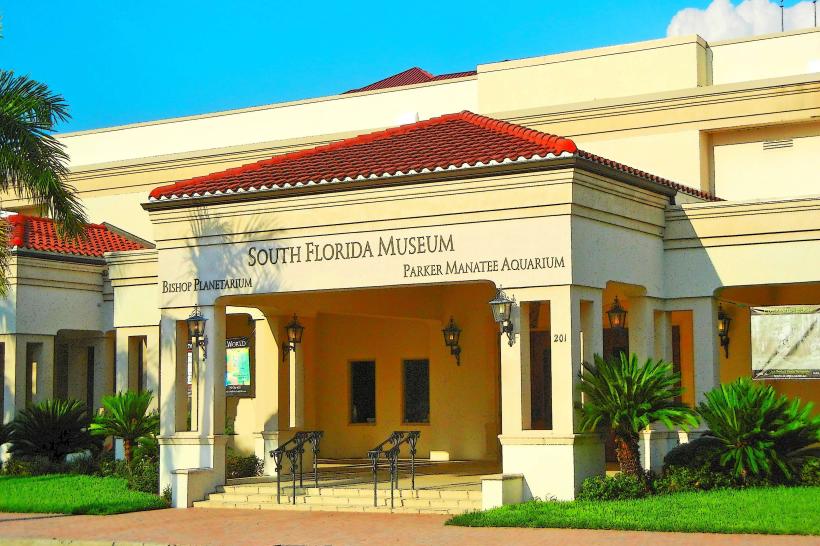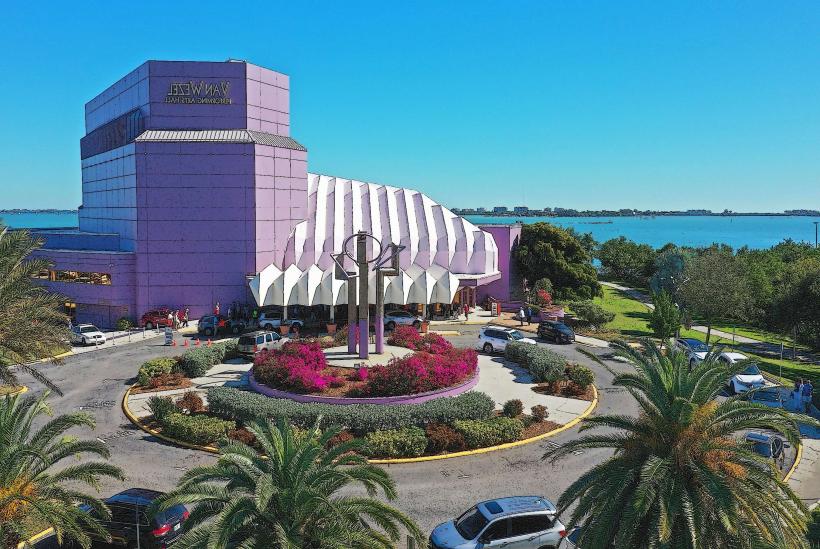Information
City: SarasotaCountry: USA Florida
Continent: North America
Sarasota, USA Florida, North America
Sarasota, located on the southwest coast of Florida, is a city known for its beautiful beaches, vibrant arts scene, and high quality of life. It is often recognized for its family-friendly atmosphere, luxury living, and access to both natural beauty and cultural sophistication. Sarasota offers a unique blend of recreational opportunities, outdoor activities, and cultural attractions, making it a popular destination for both residents and visitors alike.
General Overview
Sarasota is part of Sarasota County, situated along the Gulf of Mexico. The city has a population of about 58,000, but the broader Sarasota-Bradenton metropolitan area has a population of approximately 800,000. It has earned a reputation for being a more relaxed, yet sophisticated, alternative to Florida's larger cities like Miami and Tampa. Sarasota’s combination of scenic waterfronts, cultural institutions, and vibrant communities draws a diverse range of people, from retirees to families and young professionals.
Geography and Layout
Sarasota is located on the Gulf of Mexico, with access to numerous islands and beaches:
Beaches: Sarasota is famous for its stunning beaches, including Siesta Key Beach, known for its powdery white sand, and Lido Key, which offers a mix of beach relaxation and water sports.
Islands: Sarasota is close to Siesta Key, Lido Key, and Longboat Key, all of which are renowned for their picturesque beaches, upscale properties, and vibrant tourism.
Waterways: The city is surrounded by waterways such as Sarasota Bay, which is ideal for boating, fishing, and kayaking. The bay area also provides scenic views of the city’s waterfront parks and recreational areas.
Demographics
Sarasota has a diverse, though primarily older, population. The city is a popular destination for retirees, but also offers amenities and activities that attract families and younger professionals:
White (non-Hispanic): Around 85%
Hispanic/Latino: Approximately 10%, with a growing population of residents with origins from Cuba, Mexico, and Puerto Rico.
African American: About 6%
Asian: Less than 2%
Median Age: The median age in Sarasota is relatively high at 57 years, which reflects the city’s appeal to retirees. However, the city also attracts younger people due to its quality of life, cultural offerings, and job opportunities in certain sectors.
Climate
Sarasota has a tropical rainforest climate, characterized by hot, humid summers and mild, dry winters:
Summers: The summer months are hot, with temperatures ranging from mid 80s to low 90s°F (29–34°C). Humidity can make it feel warmer, and afternoon thunderstorms are frequent during this season.
Winters: Winters are mild, with temperatures ranging from mid 60s to low 70s°F (18–23°C), making it a popular winter destination for those looking to escape colder climates.
Rainy Season: The rainy season runs from May to October, with the wettest months being June, July, and August. These months also coincide with the hurricane season.
Hurricane Risk: Sarasota, like other Gulf Coast cities, faces a risk of hurricanes during the season, although it is less likely to be hit directly compared to areas further south or east.
Humidity: The area is generally quite humid year-round, which can be especially pronounced during the summer.
Economy
Sarasota’s economy is diverse, with a mix of tourism, real estate, healthcare, and the arts playing key roles:
Tourism: Sarasota is a popular tourist destination, known for its beautiful beaches, arts and cultural events, and outdoor activities. Tourism boosts the local economy significantly, especially in the winter months when snowbirds flock to the city.
Real Estate: Sarasota has a strong real estate market, with properties ranging from affordable single-family homes to luxury waterfront estates. Areas like Siesta Key and Lido Key are particularly known for their upscale real estate.
Healthcare: Sarasota is home to several hospitals and healthcare facilities, including Sarasota Memorial Hospital, which serves as a regional medical center. The healthcare industry is a significant contributor to the local economy.
Arts and Culture: Sarasota’s arts scene is an important part of its economy, with many theaters, museums, and cultural centers attracting tourists and providing jobs in the creative sector.
Finance and Business Services: Sarasota has a growing business community, with firms in finance, real estate, and professional services contributing to the economy.
Infrastructure and Transportation
Sarasota has a well-developed infrastructure with modern amenities, though it is smaller than major Florida cities, so transportation options can be more limited:
Roads and Highways: The city is connected by U.S. Route 41 (Tamiami Trail), which runs along the Gulf Coast, and Interstate 75, which provides direct access to Tampa to the north and Fort Myers to the south.
Public Transit: Sarasota County Area Transit (SCAT) provides bus services throughout the city and surrounding areas, though many residents and visitors rely on personal cars for transportation.
Sarasota-Bradenton International Airport (SRQ): This airport offers flights to several major U.S. cities and provides a convenient travel hub for visitors to the area.
Bicycle and Walking: Sarasota is considered a bike- and pedestrian-friendly city, with bike lanes and walking paths along many of its major roads, especially near the beaches and downtown area.
Education
Sarasota is served by the Sarasota County Schools district, which offers a range of educational options from elementary through high school:
Public Schools: Sarasota has highly rated public schools, including Sarasota High School, Riverview High School, and Booker High School. The city also has several specialized schools for students with unique needs and talents.
Private Schools: There are several private schools, including Cardinal Mooney Catholic High School and The Out-of-Door Academy, offering alternative education options.
Higher Education: Sarasota is home to New College of Florida, a public liberal arts college, and Ringling College of Art and Design, which attracts students pursuing careers in the arts. State College of Florida also offers a range of associate degrees and certification programs.
Nearby Universities: University of South Florida Sarasota-Manatee and Florida Gulf Coast University are also within driving distance, providing additional higher education opportunities.
Arts, Culture, and Lifestyle
Sarasota is widely known for its rich arts and cultural scene, drawing many visitors and residents interested in the arts, theater, and performing arts:
Art and Museums: The John and Mable Ringling Museum of Art is one of the city’s most prominent attractions, showcasing world-class art collections and exhibits. Sarasota Art Museum and The Visual Arts Center also contribute to the city’s vibrant arts culture.
Theater and Performing Arts: Sarasota is home to Florida Studio Theatre, the Asolo Repertory Theatre, and the Sarasota Opera, all of which offer live performances ranging from plays to musicals and operas.
Music: Sarasota has a growing live music scene, with venues like the Van Wezel Performing Arts Hall hosting concerts by national and international performers. The Sarasota Orchestra provides symphonic performances, adding to the city’s rich musical offerings.
Beaches and Outdoor Activities: Outdoor enthusiasts can enjoy the city’s beaches, parks, and recreational facilities. Siesta Key Beach and Lido Key are known for their beauty, while Myakka River State Park offers opportunities for hiking, birdwatching, and kayaking.
Golf: Sarasota has a number of golf courses, including the well-regarded The Founders Club and Sarasota National Golf Club, making it a popular destination for golf enthusiasts.
Housing and Real Estate
Sarasota has a diverse real estate market, ranging from affordable homes to multimillion-dollar waterfront properties:
Luxury Homes: The city is home to a number of luxury homes, particularly in areas like Siesta Key and Lido Key. Waterfront properties, especially those on the beach or overlooking Sarasota Bay, are highly desirable.
Condos and Apartments: There is a wide range of condominiums, including those along the coast or in more urban areas close to downtown. Many offer amenities like pools, fitness centers, and proximity to beaches.
Affordable Housing: While the city has many upscale properties, there are also more affordable options for families, including homes in neighborhoods like Sarasota Springs and Southgate.
Retirement Communities: Sarasota is popular with retirees, and the city has several 55+ communities offering active living and amenities catered to older adults.
Key Challenges
Cost of Living: The cost of living in Sarasota is relatively high, particularly for housing in certain neighborhoods and beach communities. The city also faces affordability challenges for lower-income residents.
Traffic and Congestion: Although Sarasota is a smaller city, traffic congestion can be an issue, especially during the winter months when snowbirds and tourists increase the population. Roadways and infrastructure can become crowded, particularly near the beaches and downtown area.
Environmental Concerns: Sarasota faces some environmental challenges, including the impacts of rising sea levels, hurricanes, and coastal erosion. Efforts to protect the city’s beaches and natural habitats are ongoing.
Housing Shortage: Like many parts of Florida, Sarasota faces a shortage of affordable housing, which makes it difficult for many residents to find suitable places to live.
Sarasota is a unique city that offers a blend of natural beauty, cultural richness, and luxury living. Whether you are interested in enjoying the arts, relaxing on the beach, or engaging in outdoor activities, Sarasota offers a high quality of life and a welcoming environment for residents and visitors alike.

